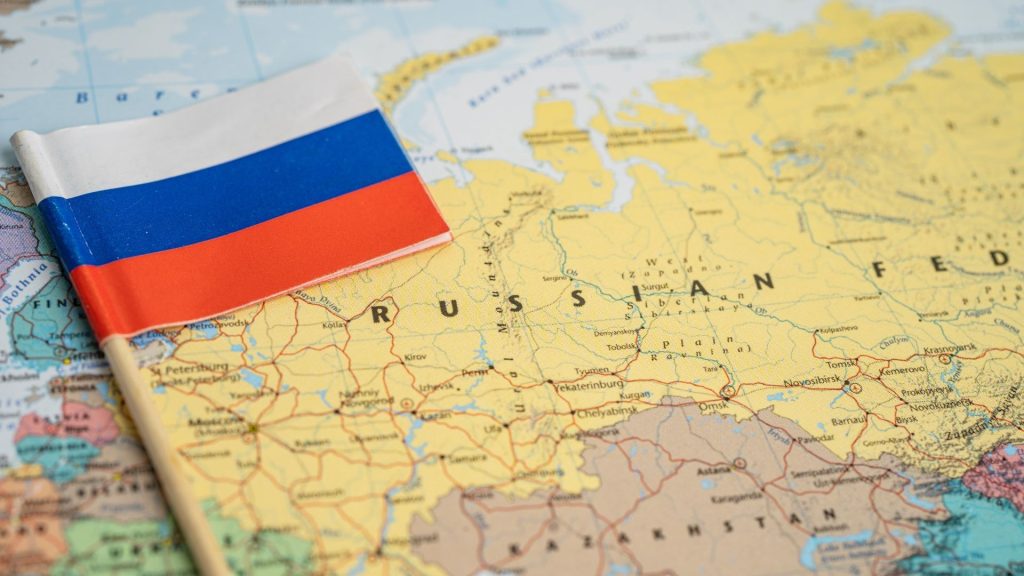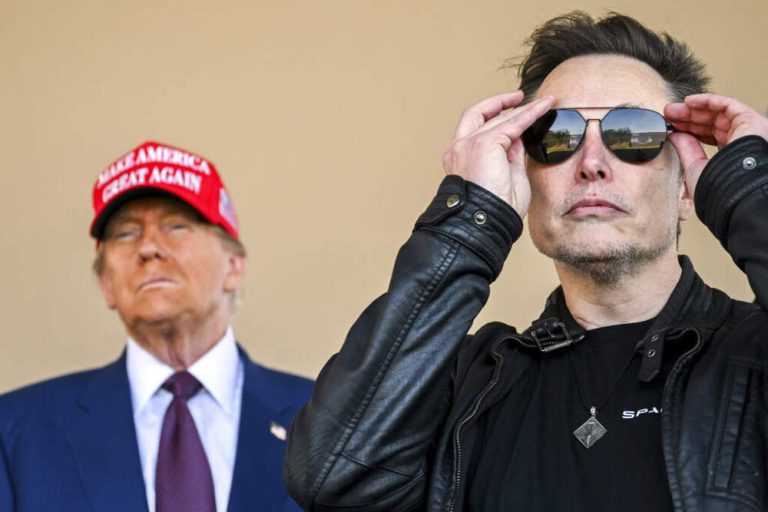Table of Contents
Russia, the enigmatic and vast nation that straddles both Europe and Asia, has long been the subject of geographic and cultural debate.
In this article, we will delve deep into the geographical, historical, and cultural facets of Russia’s identity, exploring the intricate connections it maintains with both continents.
The Geography of Russia

Russia’s Vast Geographical Expanse
One of the key elements in understanding Russia’s identity is its massive geographical expanse. It stretches across eastern Europe and northern Asia, covering an area that is as diverse as it is enormous. The Urals Mountains and the Ural River serve as the natural demarcation, clearly defining the border between these two vast continents.
This geographical peculiarity presents a unique challenge in defining whether Russia is predominantly European or Asian¹²³.
Europe Versus Asia: The Debate
It is intriguing to note that when we examine Russia’s land area, about 25% of its surface lies in Europe, while a significant 75% is in Asia³. These statistics hint at the complex dual identity Russia possesses. On one hand, it is firmly rooted in the Asian landmass, and on the other, it maintains a substantial presence in Europe.
The United Nations classifies Russia as part of Europe, which could be seen as a geopolitical decision¹. However, it’s essential to remember that while much of its territory may be in Asia, the majority of its population is concentrated in Europe¹.
Russia’s Historical Ties to Europe
European Monarchies and the Spread of Christianity
Russia’s historical connections to Europe are profound and multifaceted. During the reign of Peter the Great in the late 17th century, Russia underwent a significant transformation, with the tsar taking inspiration from European monarchies. This Europeanization of Russia extended to various facets of society, including architecture, clothing, and even the introduction of the Julian calendar. The influence of European culture on Russia was unmistakable and continues to be felt to this day.
One of the most enduring legacies of Russia’s historical ties to Europe is the adoption of Christianity. In 988 AD, Vladimir the Great of Kievan Rus’ embraced Christianity, a pivotal moment that further solidified the European influence in Russia. The Russian Orthodox Church, which originated from Byzantine Christianity, has played a central role in shaping the country’s culture and identity.
Russia’s Cultural Diversity
Europeanized West and Asian-Influenced East
Russia’s cultural landscape is as diverse as its geography. The western regions of Russia, including cities like Moscow and St. Petersburg, have been deeply influenced by European culture.
The architectural marvels of these cities, inspired by European design, stand as a testament to this influence. Moreover, the Russian aristocracy of the past often looked to Europe for inspiration, fashion, and education.
Conversely, the eastern parts of Russia have a more pronounced Asian influence. The vast Siberian expanse, with its nomadic cultures and indigenous peoples, represents a stark contrast to the western, Europeanized parts of the country.
This cultural diversity is a testament to the vastness of Russia and its unique ability to bridge two continents while maintaining its own distinct identity.
The Impact on Russia’s Foreign Policy and Global Affairs
A Global Bridge or Identity Crisis?
The debate over whether Russia is European or Asian has far-reaching implications for its foreign policy and global affairs. Russia’s self-perception and the way it is perceived by the world play a crucial role in shaping its approach to international relations.
For instance, Russia’s inclination towards Europe in terms of identity has influenced its foreign policy. It has sought closer economic and political ties with European nations, and this has played a crucial role in shaping international relations.
Simultaneously, Russia’s vast Asian territories have allowed it to engage with Asian nations, thereby creating a unique bridge between these two major regions of the world.
Conclusion
In conclusion, the question of whether Russia is predominantly European or Asian is a complex one, as it is a nation that spans both continents. Its historical ties to Europe, cultural diversity, and geographic expanse all contribute to a rich and intricate identity that defies easy categorization.
As Russia continues to assert its influence on the global stage, it is this very identity that allows it to bridge the gap between Europe and Asia, making it a nation of great significance in the geopolitical landscape.
References:





